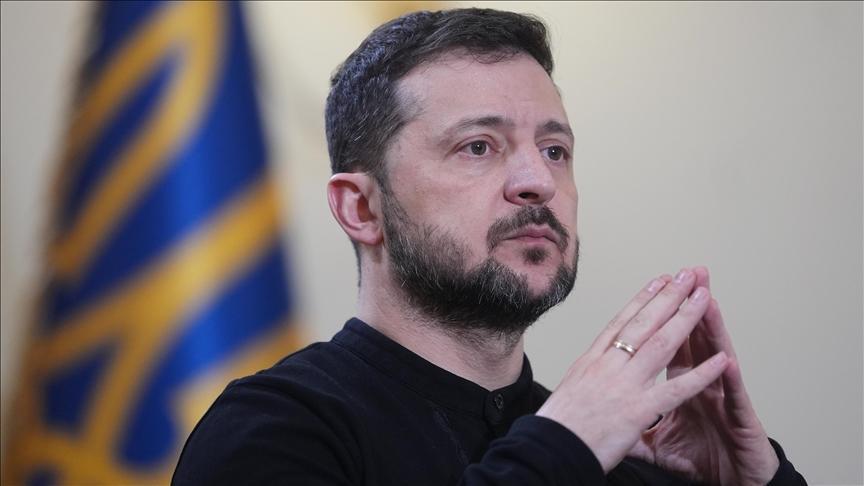Semiotic approach in Lale Müldür’s works
Hatice Utkan Özden

“Past is past, the only way to conquer the present is to stay in the moment” is like a motto for a good life, and according to the gurus and good life addicts, if we deny a little bit of it, we are destined to live an unhappy life.
But the poet and artist Lale Müldür proves that it is just the opposite if we love the past and give room for the past in artistic endeavors, then we can be at peace with the past. The poet’s creative process is a proven reality of how to create and mélange the disciplines. Her creative process gives the viewer hints about her past, her feelings and her reality. Her works gather as events and dreams of the past, yet Müldür’s present time is a reality and it is a positive message that encourages her to create and write more. Her paintings go along with her poems. Just like using a word as an image or an idea, she transfers that onto canvases and papers.
Even though she paints her own ideas and her own memories, the viewer inevitably comes face to face with the poet’s past. Her works may be the metaphor for the Greek word “alethea,” meaning “truth.” In fact, alethea in her works are also in relation to remembering and forgetting (which also a word from Greek Lethe). Lethe is a Greek spirit of forgetfulness and oblivion, with whom the river was often identified.
Müldür’s artworks are just like the lake Lethe of the underworld, which may help the poet to forget and then find the truth by conjuring the reality in paintings and words. Müldür sometimes paints her late husband Patrick, sometimes her dreams, sometimes her idea of marriage, and sometimes a character that she longed in the past. She loves to paint people she knew once and depict a scene from her house or gathering with friends.
The exhibition opens a new dimension in terms of her usage of poetry. Somehow this time, instead of words that create images, Müldür uses her own figures to depict poetry on canvas. In a way, this is a way of her saying, that’s how a poet gets more creative in her lifetime. This is a success, reward and affirmation at the same time. But at the same time, she tells us she also accepts the pain and frustration that comes within her creativity. She finds althea as she dives into the waters of Lethe and the reward of creation somehow becomes her own truth.
Semiotics of a ‘Milestone’
The title of the exhibition is another significant sign of her works and her creative process. This time, semiotics play a vital role, and the title of the exhibit “Milestone” (“Milat” in Turkish) gives a hint about her life and her endeavors in life. Maybe the poet tries to tell us a story of a beginning or an end of an era. What will happen after this time is uncertain, but surely this is a beginning or an end, and this is a significant milestone for her.
The paintings, even though without any words, are full of semiotic approaches and technique. Müldür uses the letter Y as a sign to depict “holy marriage.”
“The letter Y is used a lot in my paintings and most of the time is in the middle of the painting. It means holy marriage,” said the artist.
Sometimes Y comes from a mouth of a female figure and sometimes appears in the middle of the painting among different colors.
The exhibition, curated by Kevser Güler, is on show until Oct. 31.
















